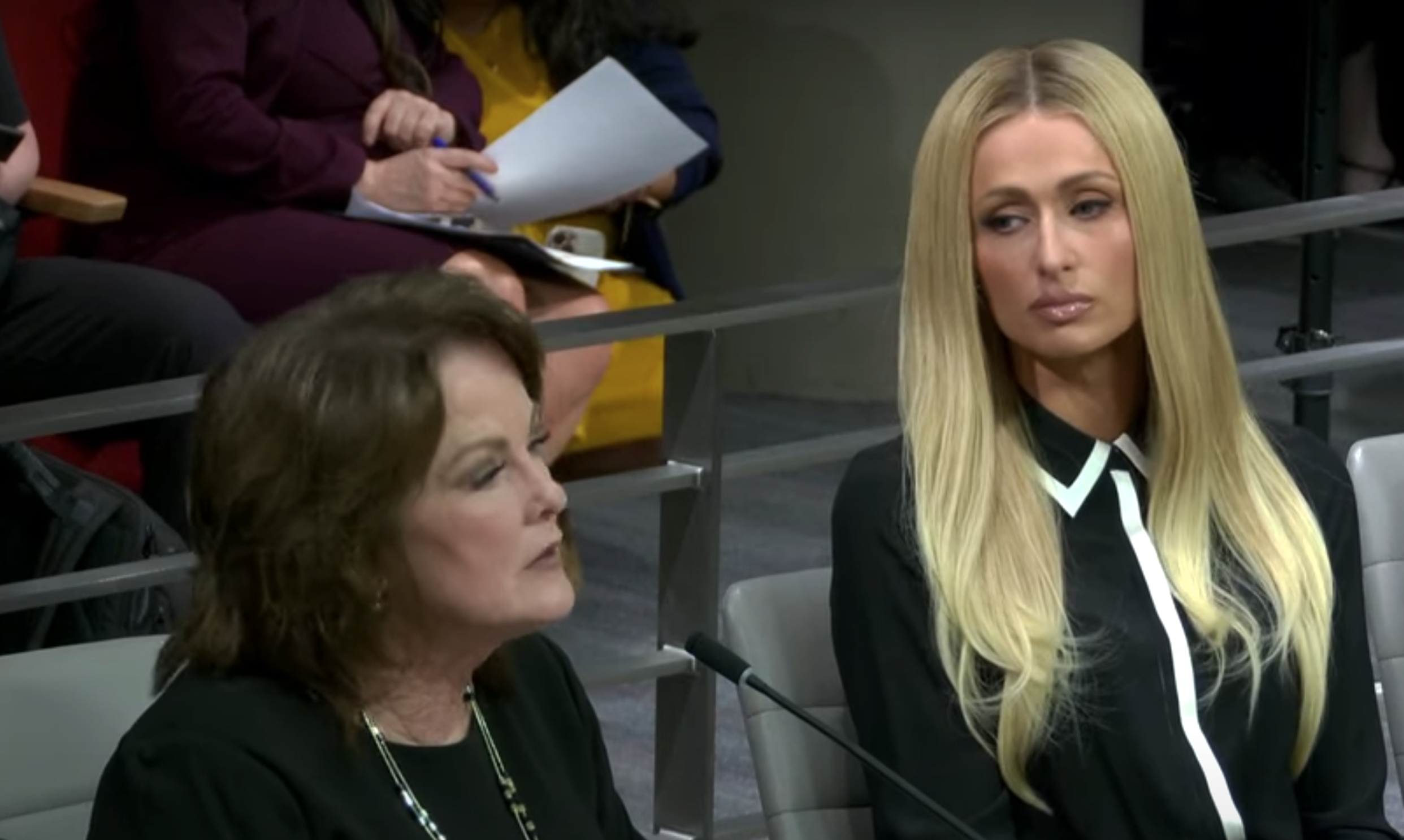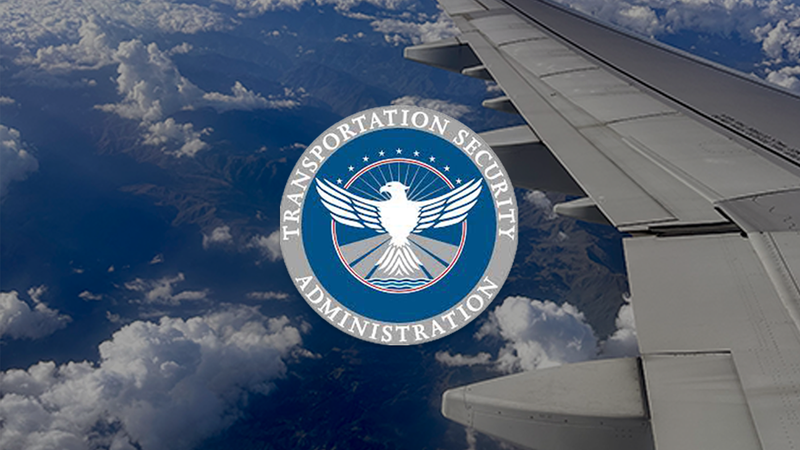Paris Hilton’s advocacy leads to new California law protecting children in treatment centers
Here's how it happened, and what’s in the law.
On September 27, 2024, Governor Gavin Newsom signed Senate Bill 1043, also known as The Accountability in Children’s Treatment Act, into law. The new legislation mandates increased transparency in Short-Term Residential Therapeutic Programs (STRTPs) by requiring public reporting on the use of seclusion and behavioral restraints in these facilities.
"I’m grateful to Paris Hilton for using her voice to ensure that no child suffers like she did.”
The law, authored by Senator Shannon Grove (R-Bakersfield) and championed by Paris Hilton, aims to shed light on the often-hidden practices within youth treatment programs, a cause Hilton has personally fought for after experiencing similar abuse as a teenager.
Paris Hilton, survivor of Provo Canyon School, testifies in support of California Senate Bill 1043 with survivors of Alpine Academy, WWASP, and other Troubled Teen Industry programs in Sacramento on April 15, 2024. Hilton's testimony begins at 9:41.
Paris Hilton’s Advocacy for Change
Hilton, who has become a leading voice in the fight against the “Troubled Teen Industry”, testified before the California Senate Human Services Committee on April 15, 2024, sharing harrowing details of her own time in residential treatment facilities.
“I stand before you not just as Paris Hilton, but as a survivor and an advocate for the silent voices waiting to be heard,” Hilton stated in her testimony. “I know firsthand the horrors that happen behind closed doors of youth residential treatment facilities.
"As a teenager, I was placed in programs in California and other states, where the very people entrusted with my care, my growth, and my healing betrayed that trust in the most devastating ways.”
Hilton described in painful detail the physical, emotional, and psychological abuse she suffered, including being forcibly restrained and locked in solitary confinement for minor infractions.
“I lived in constant fear, not knowing what would happen to me next. If I tried to tell my parents about the abuse, the staff would immediately rip the phone from my hand, disconnect the call, and subject me to violent physical restraints before throwing me into solitary confinement.”
Alongside survivors of Alpine Academy, WWASP programs, and other residential treatment facilities, Hilton pushed for SB 1043 to ensure California holds STRTPs accountable and that no other child endures what she went through.
What SB 1043 Will Do
SB 1043 strengthens oversight and transparency in STRTPs by requiring the California Department of Social Services (DSS) to collect and publicly post detailed data on seclusion and restraint practices in these facilities.
According to the legislative text, the law will require facilities to notify a child and their legal representatives within 24 hours of an incident involving seclusion or restraint, and to provide a written and oral report within seven days to the child, their parent, foster parent, guardian, tribal representative, and attorney.
“The description shall contain information on all of the following:
- (A) The actions taken during the incident.
- (B) The rationale for the actions.
- (C) The personnel implementing the actions.
- (D) The duration of the incident.”
-SB 1043, Section 1180.55 (a)(2)
Additionally, DSS will be required to investigate incidents that indicate potential health and safety concerns or licensing violations. If such violations are found, the Office of the State Foster Care Ombudsperson will have the discretion to launch further investigations.
By January 1, 2026, DSS must launch an online public dashboard displaying biannual updates on the use of restraints and seclusion in STRTPs.
According to the law, the dashboard must display, among other information:
- The number of deaths that occur while a person is in seclusion or under behavioral restraints.
- The number of serious injuries sustained by persons in seclusion or under behavioral restraints.
- The number of serious injuries sustained by staff during the use of seclusion or behavioral restraints.
- The duration of time spent per incident in seclusion or under restraint.
Senator Grove and Co-Author’s Support
Senator Shannon Grove, the lead author of SB 1043, emphasized the importance of transparency in protecting California’s most vulnerable children.
"Through SB 1043, we are strengthening accountability measures within California’s STRTPs by requiring the public posting of critical information, including the use of restraints and seclusion rooms. This legislation underscores California’s commitment to transparency and safeguarding the well-being of our at-risk children. It has been a privilege to work alongside one of the most incredible advocates, Paris Hilton, to make a positive impact on the lives of vulnerable children in California."
Governor Newsom’s Statement
Governor Gavin Newsom praised the passage of SB 1043 and acknowledged Hilton’s advocacy in making it a reality:
“Children and teens – especially those in the care of the foster system – should never be subjected to improper use of restraints or isolation while they are meant to be receiving treatment. I am proud to sign legislation today to help protect our youth against such harmful tactics, and I’m grateful to Paris Hilton for using her voice to ensure that no child suffers like she did.”
Bigger Picture: What Comes Next?
SB 1043 builds on California’s broader efforts to reform youth residential treatment programs. In 2021, Newsom signed legislation banning the practice of sending foster youth and juvenile offenders to out-of-state treatment facilities after reports of widespread abuse. The state allocated $100 million over five years to create new in-state programs that prioritize safety and rehabilitation.
With SB 1043, California has taken another step in ensuring accountability and transparency in how youth are treated within STRTPs.







